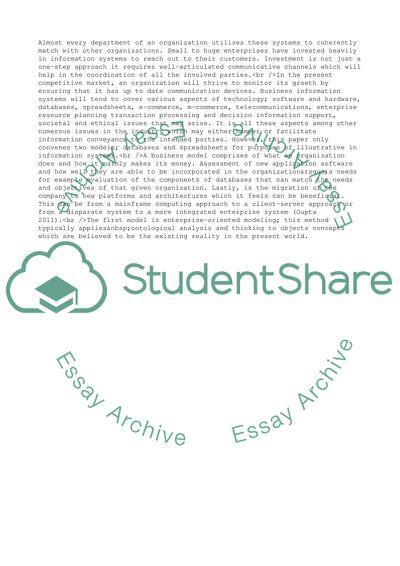Cite this document
(Managing Business Information Coursework Example | Topics and Well Written Essays - 1500 words, n.d.)
Managing Business Information Coursework Example | Topics and Well Written Essays - 1500 words. https://studentshare.org/business/1809240-managing-business-information
Managing Business Information Coursework Example | Topics and Well Written Essays - 1500 words. https://studentshare.org/business/1809240-managing-business-information
(Managing Business Information Coursework Example | Topics and Well Written Essays - 1500 Words)
Managing Business Information Coursework Example | Topics and Well Written Essays - 1500 Words. https://studentshare.org/business/1809240-managing-business-information.
Managing Business Information Coursework Example | Topics and Well Written Essays - 1500 Words. https://studentshare.org/business/1809240-managing-business-information.
“Managing Business Information Coursework Example | Topics and Well Written Essays - 1500 Words”. https://studentshare.org/business/1809240-managing-business-information.


